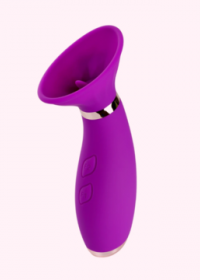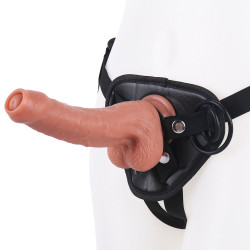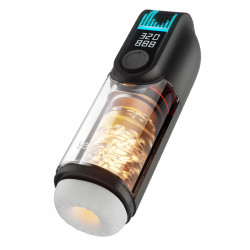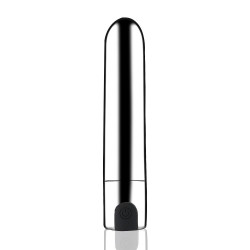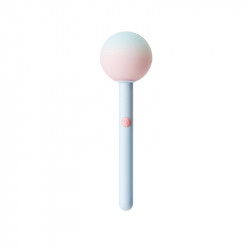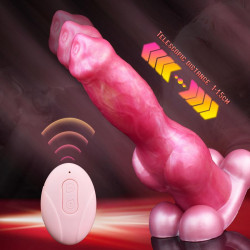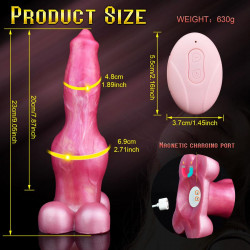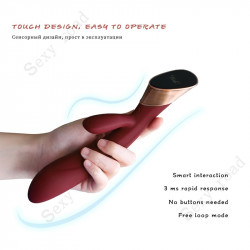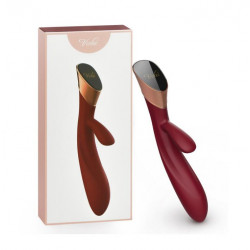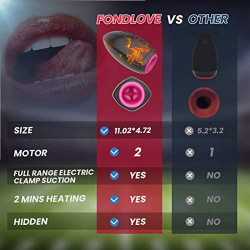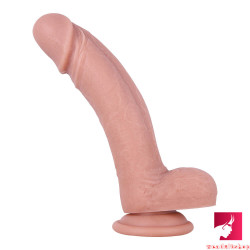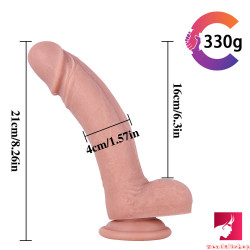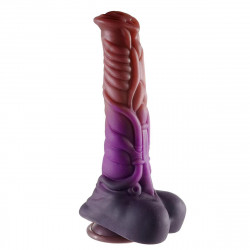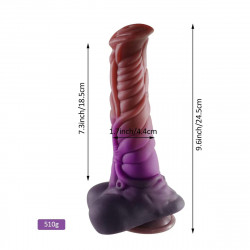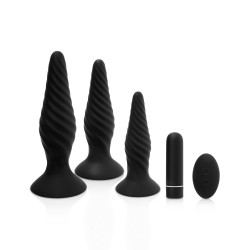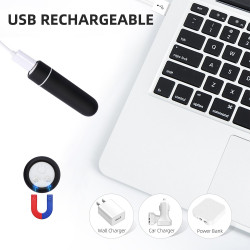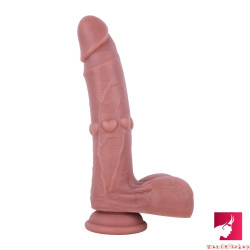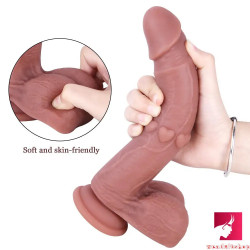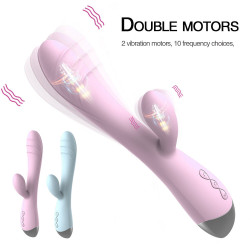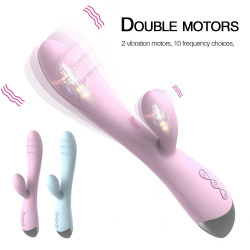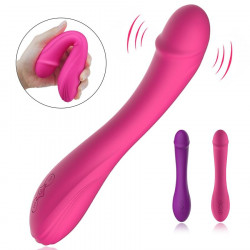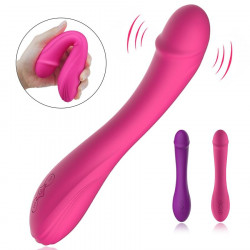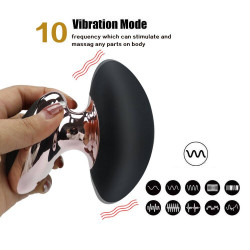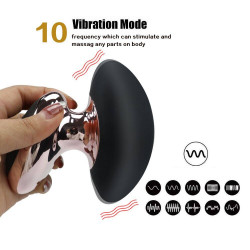
A BEGINNER'S GUIDE TO RESTRAINTS
What can you learn about yourself from your bondage fantasy? We cover a variety of topics in our Beginners Guide to Restraints, including why we enjoy being tied up and the many types of BDSM restraints. Ideal for any encounter...
The "B" in BDSM: Why People Love to Be Tied Up
What comes to mind when you think of the acronym BDSM? This phrase evokes a wide range of kinky noises, pictures, and experiences for many people. Let's now look at these fantasies to see what similarities exist. Although kink and BDSM activities may diverge into distinct subcategories, they all stem from the same overarching idea. Any BDSM activity revolves around power imbalance, which aids in defining and negotiating the roles we play during intercourse. This dynamic is known as Dominance and Submission in the BDSM Community (see: switch). We may build fulfilling and gratifying relationships with our partners by employing a Dominance and Submission framework driven by increased vulnerability, communication, and ownership.
Because they call for a change in accountability, restraints are a common technique in power dynamic settings. The wearer depends on their partner to do the majority of the labor because they are immobile. In turn, the provider makes sure their partner is safe and secure. These unambiguous obligations give us an escape from our daily lives and allow us to lean into pleasure and discomfort, giving our experiences more depth. This idea is examined in our article on BDSM orgasms, which goes into further detail about how power dynamics and suffering can be translated into pleasure. This is supported by a 2019 study on the biopsychosocial approach of BDSM, which examined the personalities and physiological characteristics of BDSM practitioners. They discovered that several common traits, such as the neurobiological makeup of the brain's reward and pain systems, were suggestive of interest in BDSM. While this may connect with some of you, it's not exclusive because we still have much to learn about how we experience and seek pleasure. Some individuals find that limitations allow them to indulge in pure joy that is neither performative nor obligatory.
Choosing a Restraint System
Spend some time defining the purpose of your restraint system before choosing a pair of restraints. Your shackles are more likely to break the more you fight against them. When shopping, you can select a restriction that best suits your sexual preferences and objectives by evaluating its comfort, durability, and aesthetics. The purpose of neoprene, leather, and metal restraints is to increase weight at the body's connecting points, such as the wrists and ankles, and to endure resistance. These materials are solid and long-lasting, making them perfect for repeated usage. Remember that pulling against a restraint made of stricter materials for a long time may cause cuts or bruises on your skin. Investing in restraint systems with a soft inner lining will help you avoid discomfort. Shearling and fur are common materials used to shield the skin from harm.
Although they are not meant to withstand much resistance, vegan leather, rubber, and fabric restraints provide a cost-effective substitute for these more rigid restraint designs. These constraints, intended to limit movement rather than fight it, can be readily strained or broken by an excited partner. We can determine how mobile you or your companion are based on the material of your restraints and how they close. Threaded D-rings and buckled restraints provide the highest level of reinforcement. U-bolts or Velcro restraints offer a similar degree of restriction but are more straightforward to take off. Considering the wearer's comfort and degree of experience, use this information to choose the restraint system that will best support the planned activities.
A Guide to Common Restraint Systems
Cuffs: A standard restriction that limits limb movement is the handcuff or ankle cuff. Cuffs are a standard option for novices since they can be attached to one or more appendages to alter the degree of restriction. Because cuffs restrict our capacity to reject or flee stimuli, people who withdraw from feeling as it intensifies would like wearing them.
Hog Ties: An X-shaped restraint device called a hogtie holds a person's wrists and feet in place. Because hog ties pull the knees closer to the body, they limit the wearer's range of motion. The majority of hogties come with a set of detachable ankle and wrist restraints. Users can modify the wearer's experience by removing the cuffs from this restriction. For instance, tying a lead to the ankle connectors produces a situation that enables people to direct their partners' movements across the space.
Spreader Bars: A spreader bar is a bondage tool that exposes the wearer and, in some situations, degrades them. Fabric, wood, or metal can be used to make spreader bars. A spreader bar fastened to the wrists might aid in exposing the torso and breast by opening up the shoulders and chest. A spreader bar that is fastened to the ankles can be used to reveal the genitalia and allow for deeper penetration.
Bed Restraints: A set of Under the Bed Restraints can transform your bedroom into a private sex dungeon. This restraint system is simple to set up on any mattress and limits arm and leg movement. Use four distinct connecting points to reveal your partners' sweet spots, or give them some mobility by letting their arms or legs hang loose.
Ladders: A ladder is one type of constraint intended to bring the wrists closer to the neck. The collar starts to pull when the wearer puts additional weight on their wrists, applying light pressure to the throat. Allowing the ladder to move up the spine rather than the chest can amplify this feeling.
Body Harnesses & Leads: The purpose of collars and harnesses is to be worn around the neck or the torso. When worn by themselves, they give any outfit depth and character. Their function becomes considerably more utilitarian when combined with a pair of handcuffs or a leash. Your favorite sex accessories can be attached to your harness using the metal o-rings and d-rings. Once connected, your partner might show you about the room, give you attention, or make fun of you.
Thigh Slings: The purpose of a thigh sling is to expose and give access to the genitalia. By keeping the wearer's hands at their sides, this cozy and sensual-looking restriction will limit shoulder and arm movement.
Shibari: A type of bondage called Shibari, which gained popularity in Japan, entails wrapping rope in a specific pattern around a person's body. People have the chance to regulate how much pressure, limitation, and sensation they encounter with Shibari. Because of the aesthetic and visual aspects of Shibari, many individuals like to practice the art. Some of the most well-known Shibari ties can be learned from websites such as Shibari Academy, Rope Sensei, and The Dutchy.
Safety Precautions for Memorable Bondage Scenes
As you delve deeper into the realm of BDSM, you should consider the safety measures you may take to guarantee the most unforgettable encounters. To ensure mutual enjoyment in the BDSM Community, a safe, sane, sober, and consensual bondage scene is essential. Establishing safe words and keeping yourself informed will guarantee that you and your spouse have set the stage for success. The BDSM word dictionary provided below will assist you in navigating satisfying and safe bondage scenarios from beginning to end.
SSSC: Safe, sane, sober, and consensual are the acronyms for SSSC. By ensuring that your activity is safe, that you are aware of your physical limitations, that you can make an informed decision to participate, and that you provide your enthusiastic agreement, this acronym serves as a checklist for fundamental BDSM safety.
Aftercare: Checking in with your spouse after the activity is over is known as "aftercare." To ensure that the participants are still feeling good about the experience, aftercare occurs right after the activity and may continue into the following days and months. Aftercare, in our opinion, is an effective communication tool that enhances every sexual encounter.
Safeword: A planned word, gesture, or movement that denotes the conclusion of an activity is called a safeword. Safewords aid in distinguishing between fantasy and reality because BDSM scenes may include pre-negotiated denial or role-playing aspects.
Pressure Point: A body region sensitive to pressure is called a pressure point. When applying restraints, always be mindful of the body's pressure points. Certain restraints, like rope, have the potential to slip or tighten on themselves, which could be harmful. To ensure the body still has enough circulation, tie off your knots and loosen them regularly.
Sub Space: The term "subspace" describes a submissive's mental state during a BDSM scenario, usually at its height. Many submissives report symptoms including loss of coordination, loss of time, a higher tolerance to pain, less mental clarity, and trouble retrieving words. These symptoms are frequently likened to a runner's high or walking on air. A hormone surge during stimulation may cause subspace.
Sub Drop: The term "sub drop" describes the physical and mental collapse that might happen after a BDSM scene. After an intensive BDSM scenario, there is a significant drop in hormones, which results in a sub-drop. The duration of Sub Drop might range from a few hours to weeks.
Top Drop: The term "Top Drop" describes the dominating participant's mental state following the start of a BDSM session. According to Dominants, Top Drop makes them feel guilty and depressed about what they did in a scene.

